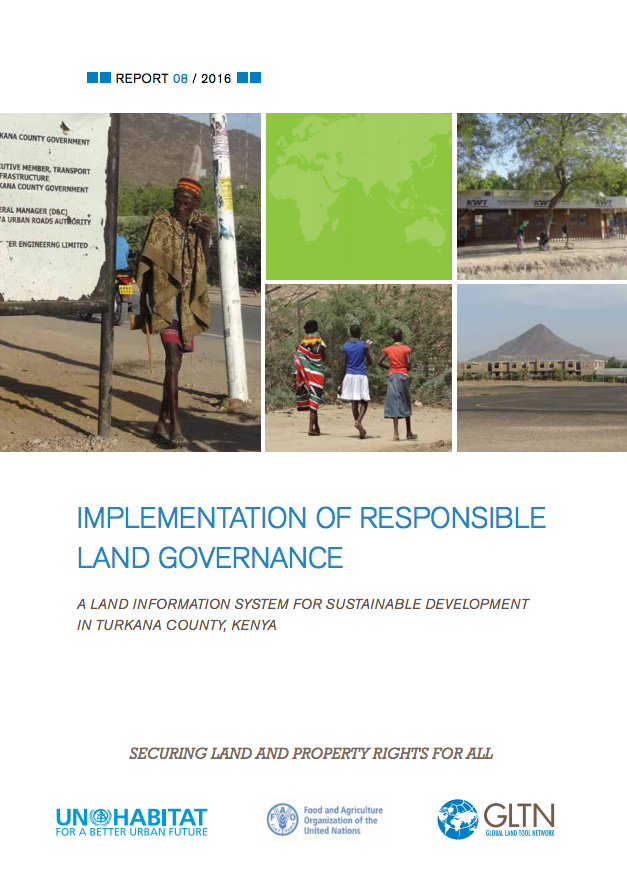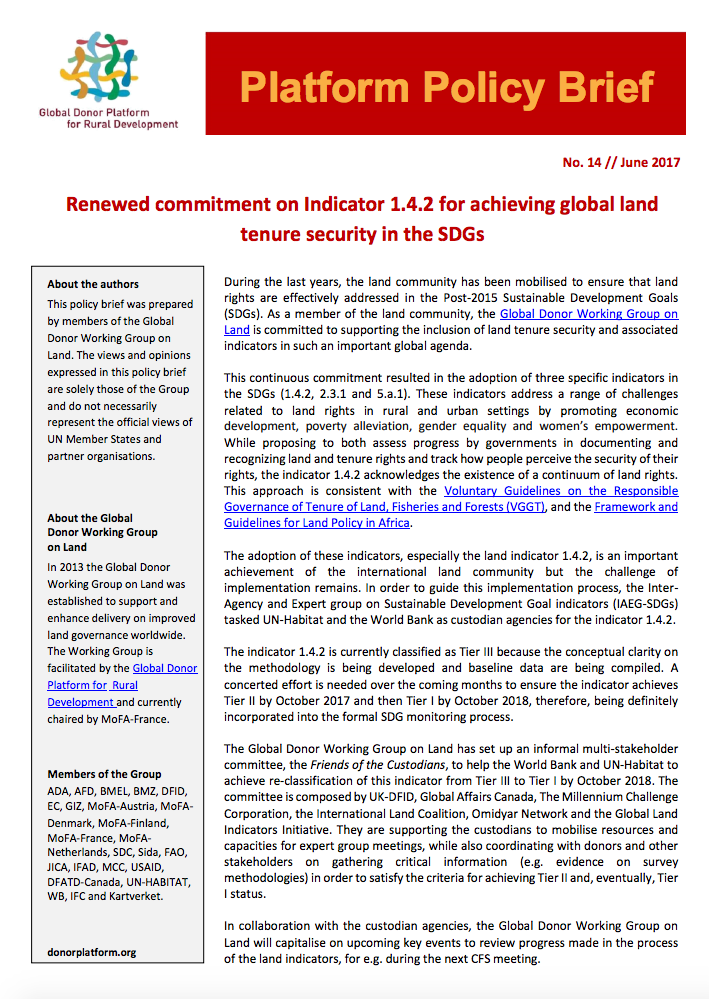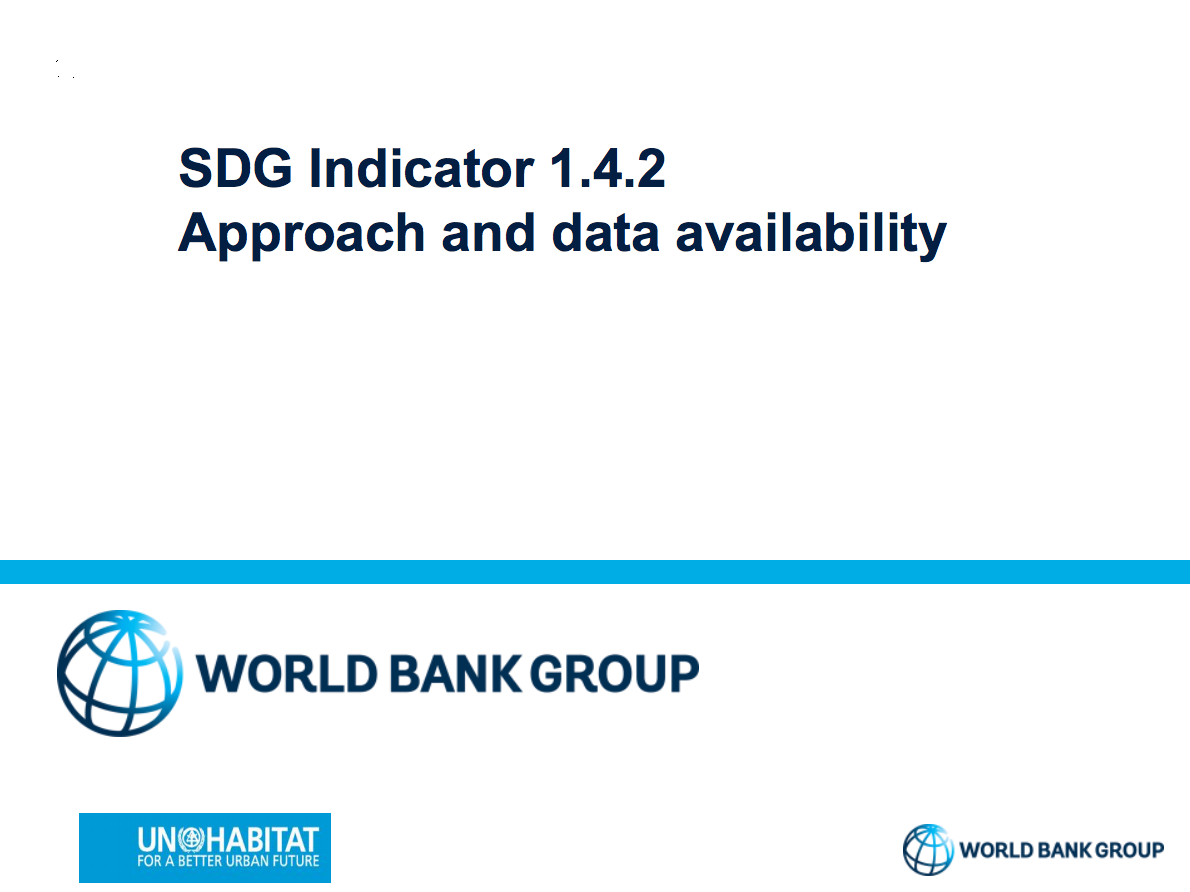Considering the social dimension of invasive species: the case of buffel grass
The status of many invasive plant species that are also of high commercial value is contentious. Management of negative impacts depends on the support and co-operation of people who regard the species as an asset. For example, buffel grass (Cenchrus ciliaris) is highly prized by many pastoralists in Australia as an introduced pasture grass for livestock but it also has significant and deleterious environmental impacts. Identifying management strategies that minimise environmental impacts yet support production benefits is crucial for achieving sustainable outcomes.






